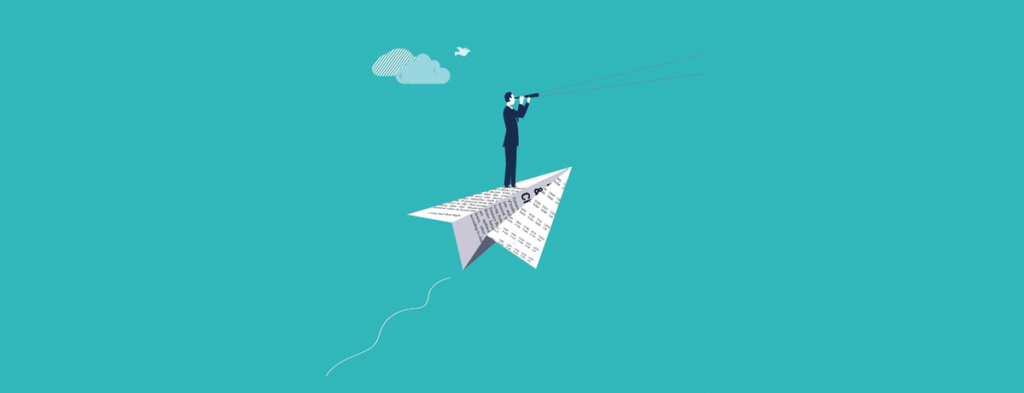 As you read about creativity and leadership, you may wonder why it matters. Why does it matter in general and to you specifically?
As you read about creativity and leadership, you may wonder why it matters. Why does it matter in general and to you specifically?
There are some words we use so often and broadly that their meaning gets watered down. That’s the case with “creativity” and “leadership.” Creativity is applied to a child’s finger painting and a masterfully produced movie with a $300 million budget. Many people apply leadership to specific job titles, but don’t see how it applies to an entry level worker.
Here are some helpful definitions of creativity and leadership.
Creative thinking involves imagining familiar things in a new light, digging below the surface to find previously undetected patterns, and finding connections among unrelated phenomena.
Roger von Oech, Expect the Unexpected
Leadership defines what the future should look like, aligns people with that vision, and inspires them to make it happen despite the obstacles.
John Kotter, Leading Change
These definitions help show there is value in creativity and leadership, but in reality are these traits valuable? With the rise of artificial intelligence, robotics and automation, human workers need to provide what machines cannot do better. Multiple research sources like Forrester, Gallup and the World Economic Forum, companies like Adobe, Microsoft, Steelcase and IDEO and authors like Richard Florida and Dan Pink have all pointed to an increased demand for creativity and leadership skills in the future.
Here are examples of key findings.
77% of people feel creativity is a critical 21st century job skill.
– Steelcase Creativity and the Future of Work Survey, 2017Despite the perceived benefits of creativity, 61% of companies do not see their companies as creative.
– Forrester, The Creative Dividend, 2014There is thus a need for bolder leadership and strategic action within companies and within and across industries…
– World Economic Forum, The Future of Jobs
This points to a high demand for a greater supply of creativity and leadership in the future.
But can creativity and leadership be learned?
Some say these attributes are inherent. You are either born with them or not. It appears that opinion is tipping toward these being skills that can be learned.
- Acclaimed psychologist Mihaly Csikszentmihalyi claims creativity is systematic.
- Renowned choreographer Twila Tharp wrote a wonderful book called “The Creative Habit,” which gives structure to increasing creativity.
- People continue to use Betty Edwards’ teachings to become more creative through her book “Drawing on the Right Side of the Brain.” You can see samples here: Before & After Student Drawings.
- Additionally, Seth Godin has built his altMBA program on the premise that you can develop creativity, leadership and entrepreneurial skills.
We need creativity and leadership today.
We expect it will be needed even more in the future.
These are skills that can be learned and developed.
